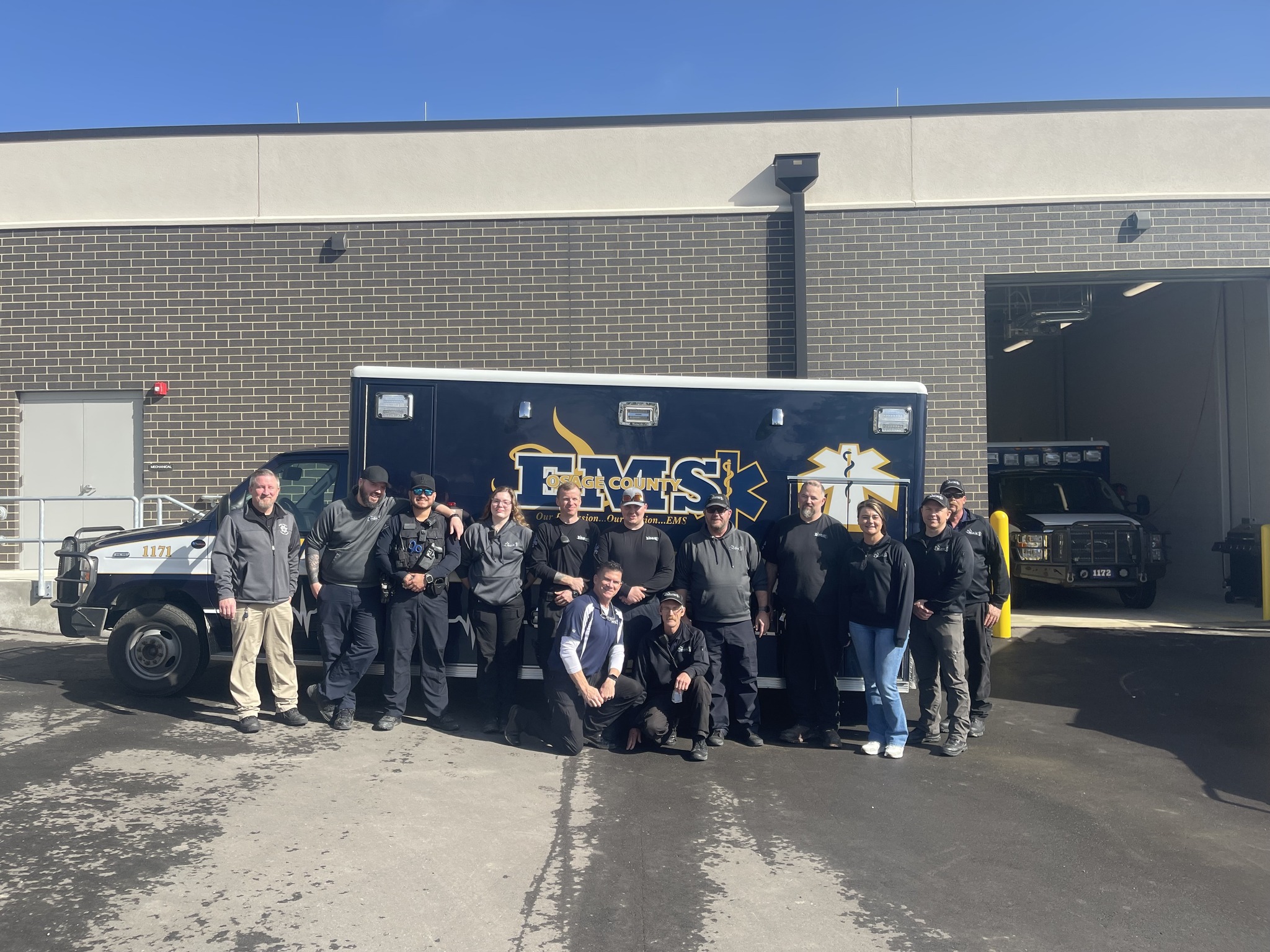Elderly Fall Prevention: Tips for Keeping Seniors Safe and Independent
Falls are a leading cause of injury among older adults, often leading to serious health issues, decreased independence, and reduced quality of life. However, many falls are preventable with the right precautions and lifestyle changes. In this blog post, we’ll explore practical tips for fall prevention that can help seniors maintain their independence and stay safe in their homes.
Why Fall Prevention Matters
According to the Centers for Disease Control and Prevention (CDC), one in four adults aged 65 and older falls each year. Falls can result in fractures, head injuries, and a loss of mobility, all of which can have long-term effects on a senior’s health. Fortunately, falls are not inevitable. Many risk factors that contribute to falls, such as poor balance, muscle weakness, and unsafe home environments, can be addressed to reduce the risk of falls.
1. Strengthen Balance and Mobility
The stronger and more balanced a person is, the less likely they are to fall. Regular physical activity is crucial in improving strength, balance, and coordination. Here are some activities that can help:
- Walking: Regular walking helps improve leg strength and balance. Start slow and gradually increase distance and intensity.
- Tai Chi: This gentle form of exercise focuses on slow, controlled movements that improve balance and flexibility.
- Chair exercises: If mobility is limited, chair exercises are a great way to strengthen muscles and improve coordination without putting too much strain on the body.
Always consult with a healthcare provider before starting a new exercise routine to ensure it’s safe and suitable for the individual’s health condition.
2. Check Vision and Hearing Regularly
Poor vision and hearing are significant fall risk factors. It’s essential for seniors to have their vision and hearing checked regularly:
- Vision: Cataracts, glaucoma, and age-related macular degeneration (AMD) can impair sight and increase the risk of falling. Regular eye exams are important to detect and manage these conditions early.
- Hearing: Difficulty hearing can affect balance, especially if a senior is unable to hear warning sounds, like someone calling their name or approaching footsteps. Hearing aids and regular hearing tests can help improve overall safety.
3. Home Modifications for Fall Prevention
The home environment plays a significant role in fall prevention. Simple changes can make a big difference in reducing hazards. Consider the following modifications:
- Remove trip hazards: Clear away clutter, rugs, and cords that can cause tripping. Consider using non-slip rugs or taping down the edges of rugs to keep them in place.
- Install grab bars: Place grab bars in the bathroom near the toilet, in the shower, and beside the bathtub to provide extra support when standing, sitting, or moving.
- Improve lighting: Ensure that rooms, hallways, stairs, and entryways are well-lit, especially at night. Motion-sensor lights can be helpful for seniors who have to get up during the night.
- Secure stairs and railings: Ensure staircases have secure handrails on both sides and that steps are in good condition. Non-slip stair treads can also provide extra traction.
4. Medications and Health Management
Certain medications can affect balance, coordination, and alertness, increasing the risk of falling. It’s essential for seniors to review their medications with their healthcare provider regularly, especially if they’re taking multiple prescriptions. Some important considerations include:
- Medication side effects: Some medications, such as sedatives, antidepressants, and blood pressure drugs, may cause dizziness or drowsiness. A healthcare provider may be able to adjust dosages or suggest alternatives.
- Medication interactions: Taking multiple medications can increase the risk of adverse interactions. A pharmacist can help review medications and recommend safer alternatives if needed.
In addition, managing chronic conditions like arthritis, diabetes, or heart disease is vital to prevent falls. Regular check-ups and following the treatment plan prescribed by healthcare professionals can help maintain overall health and mobility.
5. Use Assistive Devices When Necessary
For seniors who have difficulty walking or maintaining balance, using assistive devices can provide extra support and prevent falls. Common devices include:
- Canes and walkers: These devices provide stability and support when walking. It’s important to make sure they’re properly fitted and in good condition.
- Wheelchairs: If mobility is severely impaired, a wheelchair may be necessary for safer movement around the home or outdoors.
- Orthotics and shoe inserts: Supportive shoes and inserts can improve posture and reduce the risk of falls by providing better balance.
A physical therapist or healthcare provider can help determine the most suitable assistive devices for a senior’s needs.
6. Stay Socially Active
Social engagement is often overlooked in fall prevention, but maintaining a strong social network can improve both physical and mental well-being. Loneliness and isolation can contribute to depression, anxiety, and inactivity—all of which can increase fall risk. Encourage seniors to:
- Join group activities: Whether it’s a fitness class, book club, or social gathering, staying active in the community promotes both physical and emotional health.
- Stay connected with family and friends: Regular visits, phone calls, or video chats help combat isolation and encourage seniors to stay active and engaged in daily life.
7. Know What to Do After a Fall
Even with the best prevention measures in place, falls can still happen. It’s important for seniors to know how to respond and seek help quickly. Some tips include:
- Fall detection devices: Wearable devices like medical alert systems can quickly alert family members or emergency services in the event of a fall.
- Fall prevention training: Some programs teach seniors how to get up after a fall and reduce the risk of injury. Always make sure to seek medical attention after a fall, especially if there’s pain, dizziness, or swelling.
Final Thoughts
Fall prevention is an ongoing process that involves a combination of physical activity, home safety, regular medical check-ups, and lifestyle changes. By taking these steps, seniors can significantly reduce their risk of falls and maintain their independence for longer.
Remember, falls are not a normal part of aging, and with proper planning and care, seniors can continue to live active, healthy, and fulfilling lives. If you’re concerned about fall risks, talk to a healthcare professional who can provide personalized advice and guidance tailored to your or your loved one’s needs.
Stay Safe, Stay Strong, and Stay Independent!

